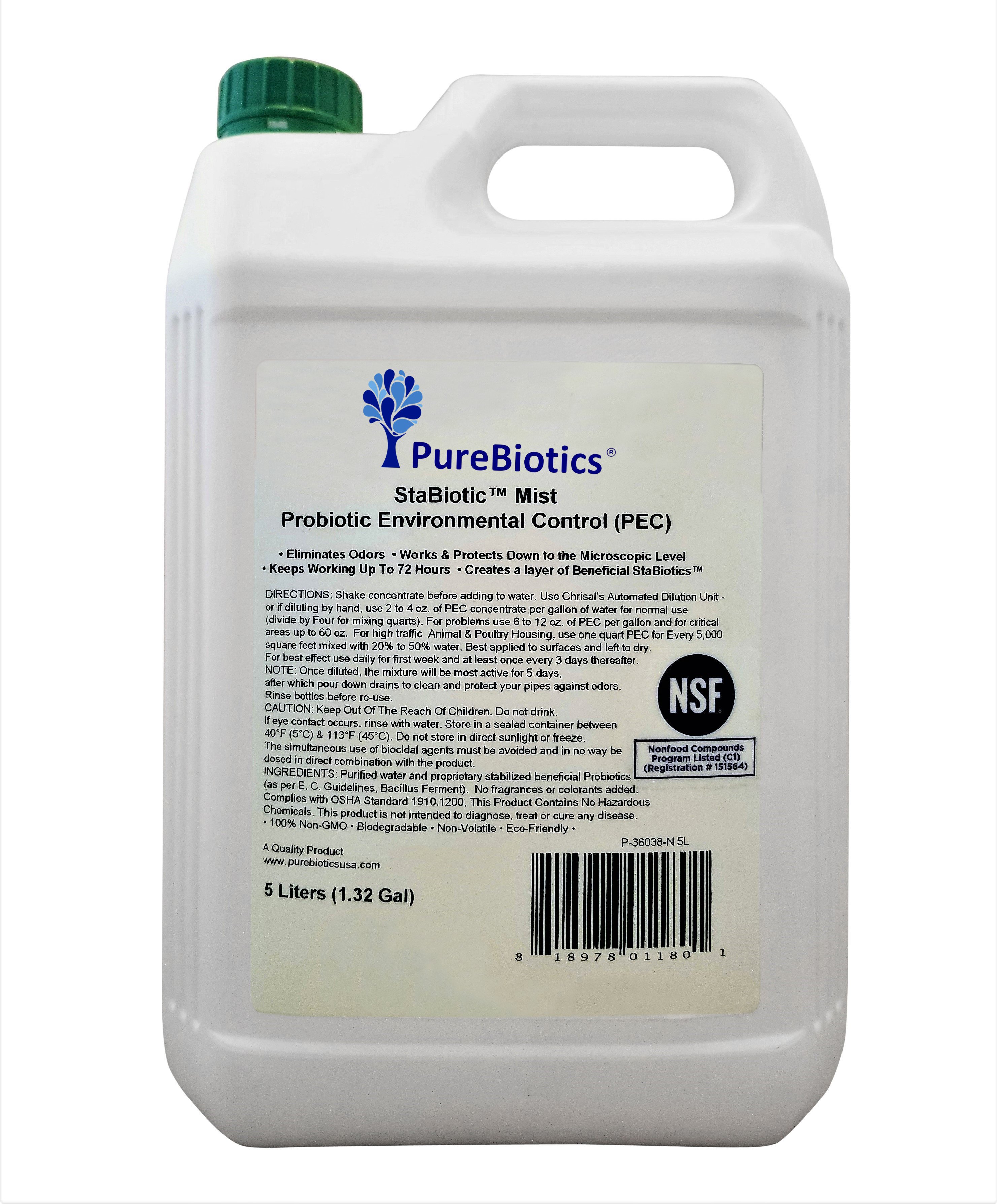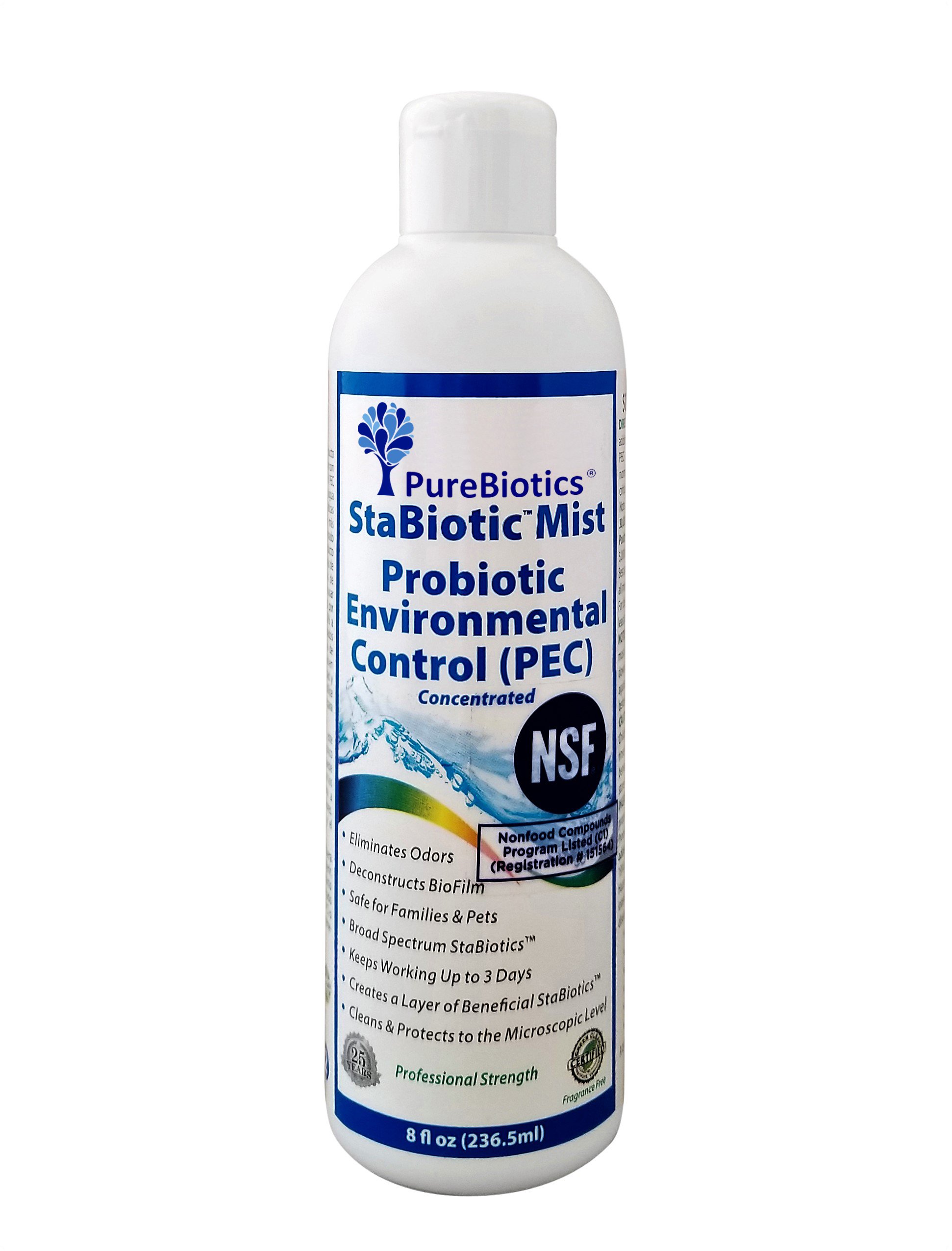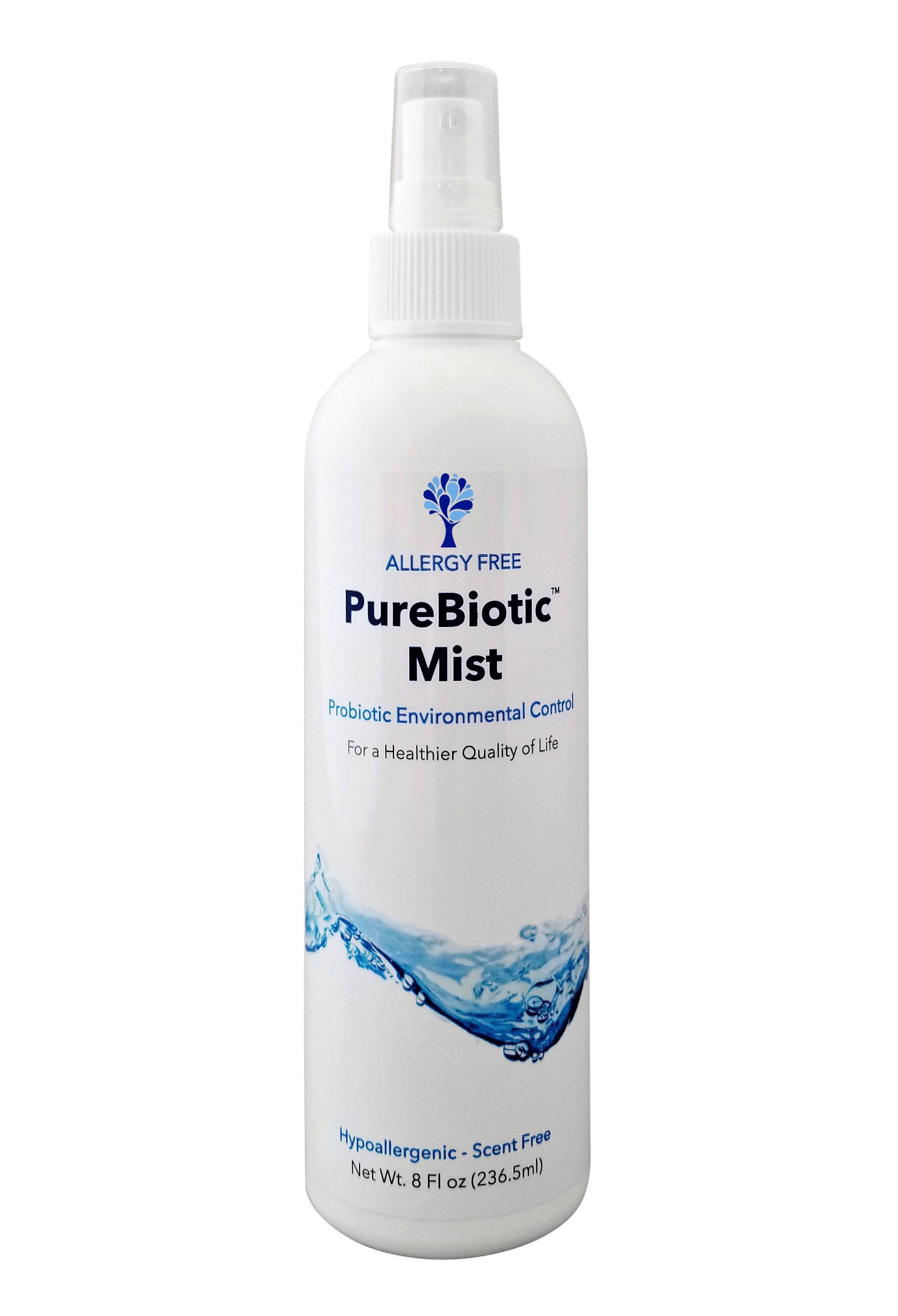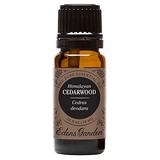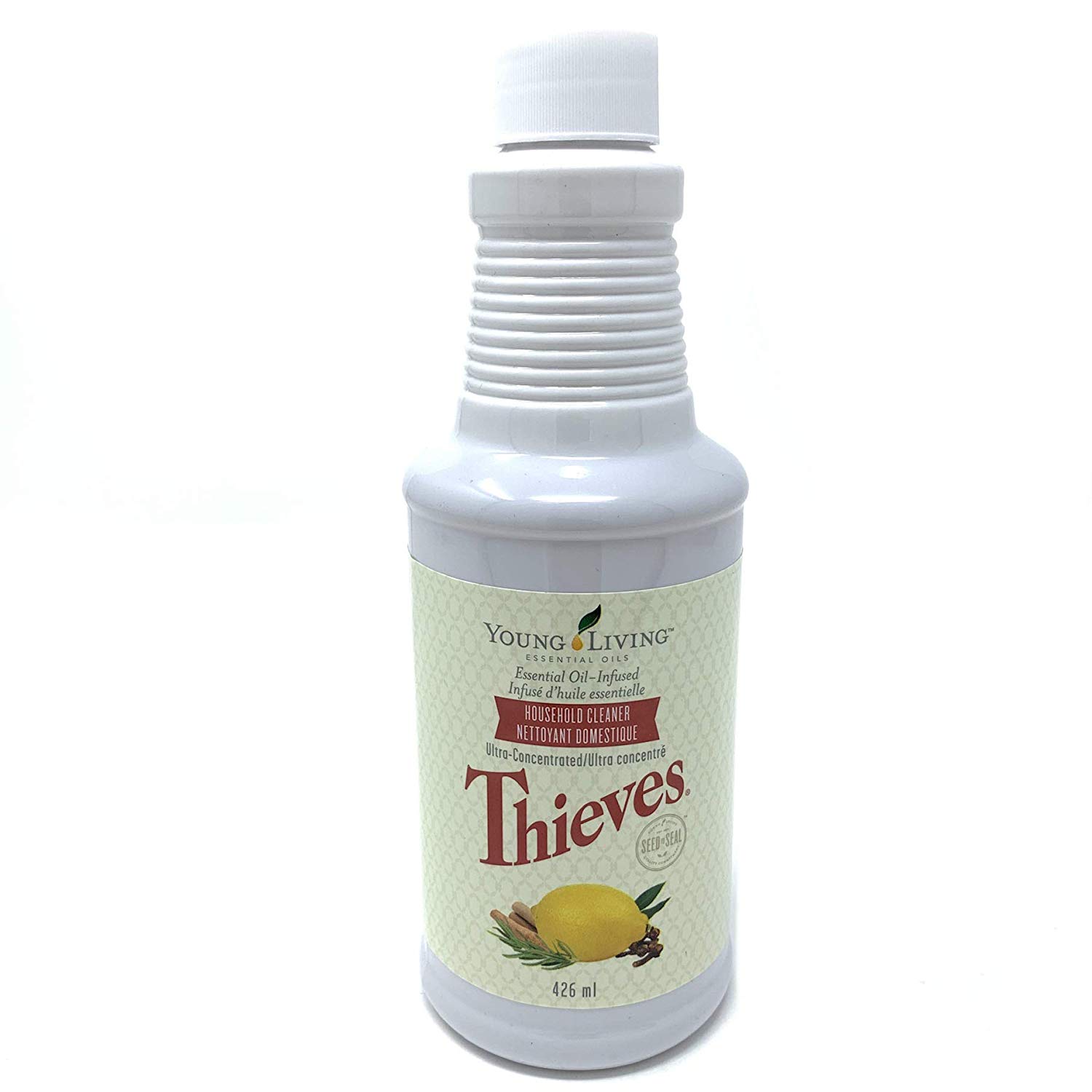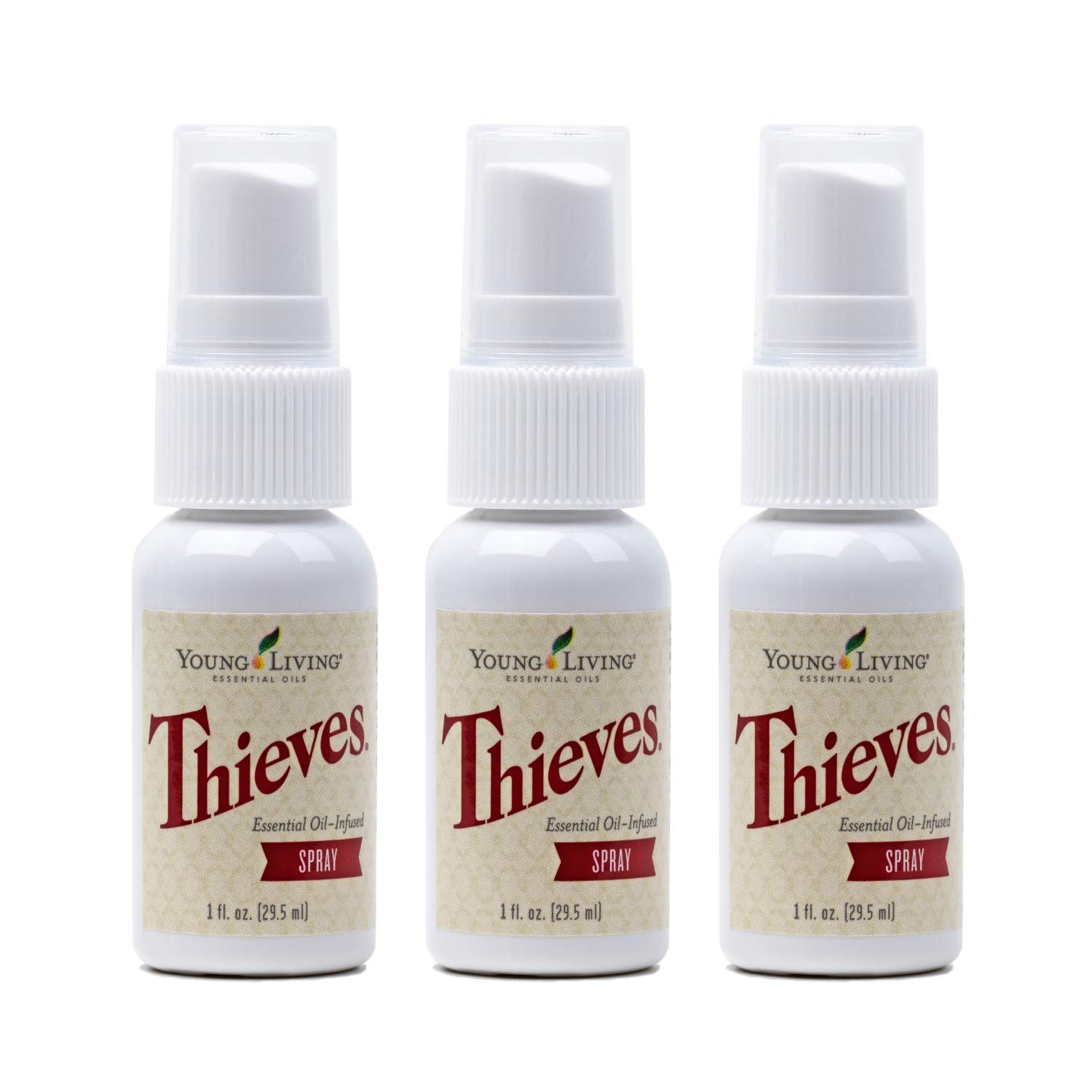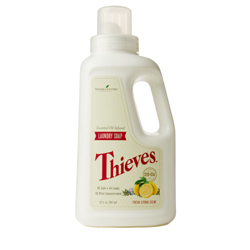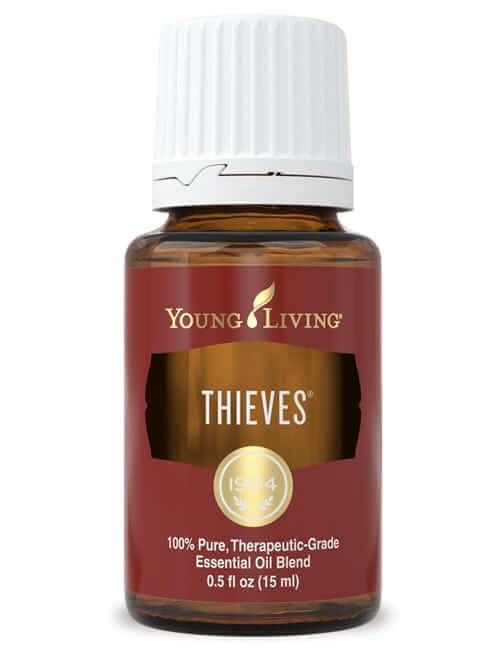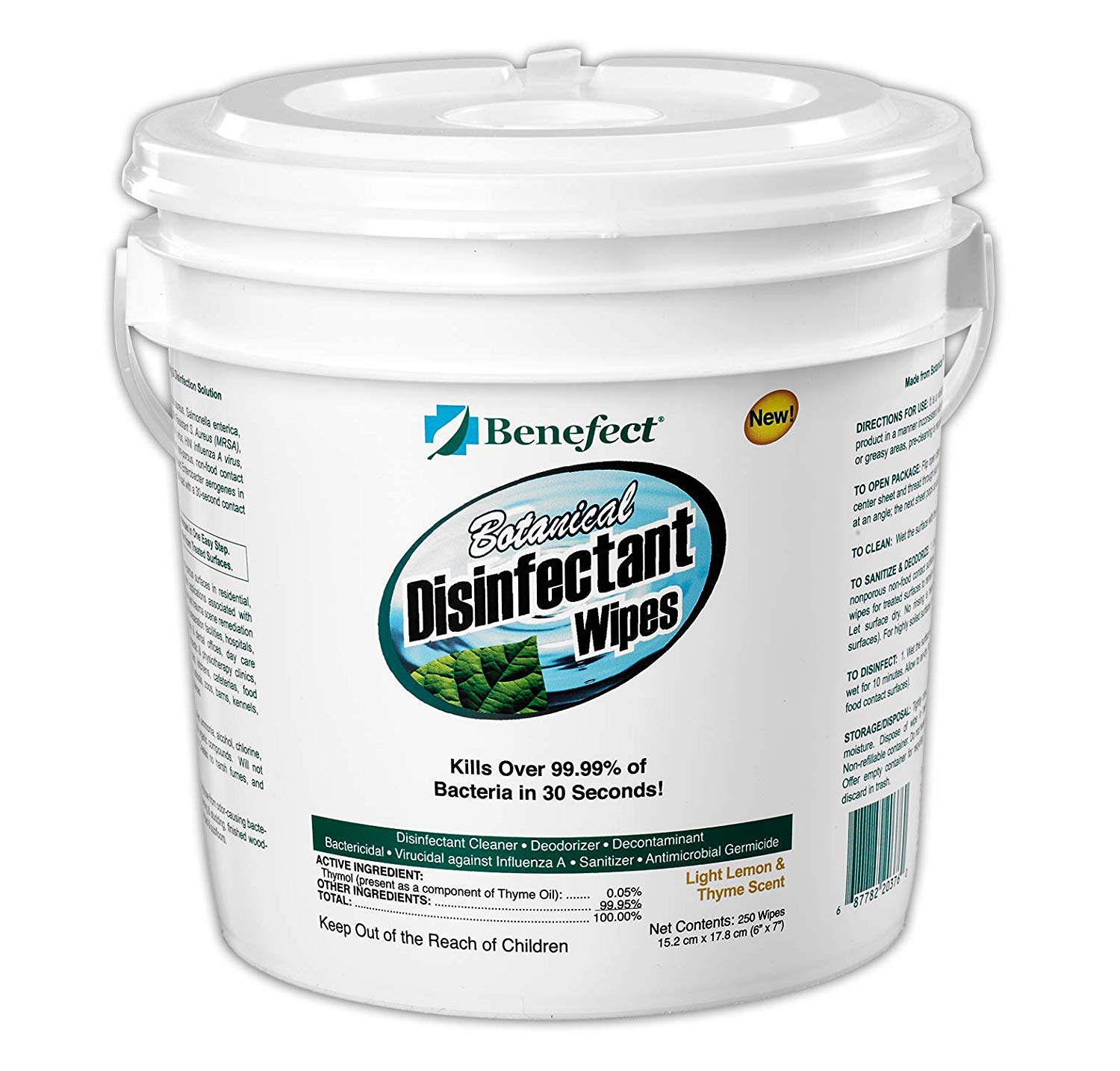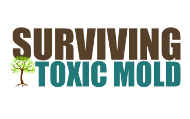NOTE!! THIS PAGE IS AN ONGOING PROJECT. THE RESEARCH ON MULTIPLE NEUTRALIZING AGENTS IS FINISHED, BUT THE INFORMATION HAS NOT YET BEEN POSTED TO THIS PAGE. PLEASE BE PATIENT AS THIS IS AN ONGOING PROJECT THAT GETS WORKED ON EACH MONTH AND MORE DATA GETS ADDED FOR THE BENEFIT OF THE PUBLIC. Neutralizing Mycotoxin The most ignored, misunderstood & dangerous part of toxic mold Mycotoxins are a large group of secondary metabolic products from fungi, or molds, which pose serious risks for human and animal health. Fungal growth and mycotoxin production may occur anywhere these species of molds grow under suitable temperature and humidity conditions. Mycotoxin occurs widely in foods and indoor environments. Contamination of surfaces and possessions can be devastating to humans, animals and even plant life that are exposed to these chemically-derived metabolites. Understanding the difference between Mold Spores and the Secondary Metabolites (Mycotoxins) produced by Mold Spores is one of the most important things you can know about toxic mold exposure. In fact, the number one reason for illness and why homes, surfaces and possessions cannot be ignored and must be either thrown away or decontaminated is because of "mycotoxin". The 3 main ways to eliminate mycotoxin Several approaches to reducing mycotoxins have been scientifically studied. Not all methods can be utilized for both the environment AND human/animals. Keeping the safety of humans and animals as a priority in both is where we must focus our research and application of methods used.
|
 Mold Spore
Spores are the visible part (under microscope or visible in millions in a colony) that we associate with "mold". Mold spores are various fungi that cover surfaces in what are known as "colonies", as fluffy mycelia and usually produce colonies of asexual, or sometimes sexual, spores. Mold fungi spores form on vegetable or animal matter, commonly as a downy or furry coating and associated with decay or dampness. Their primary energy source is organic matter which is broken down by enzymes released from the mycelia (the mass of hyphae) into simpler compounds.They are genetically similar to yeasts.There are thousands of known varieties of molds. By decomposing organic matter, molds play a big part in material biodegradation, enabling decay and rot necessary in all ecosystems. Adequate humidity and temperature are needed for optimal growth of mold spores. The spore itself is only "ALLERGENIC" and is not toxic. This is why we have some mold species (spores) that are not toxic molds and only cause allergic reactions and not toxic poisoninings. |  Mycotoxin
Mycotoxin is the invisible "chemical" byproduct or (metabolyte) that is created and excreted by the spore itself. Mycotoxins are secondary metabolites produced by microfungi spores they are considered to be harmful to health and are capable of causing disease and death in humans and other animals. Because of their pharmacological activity, some mycotoxins or mycotoxin derivatives have found use as antibiotics, growth promotants, and other kinds of drugs; The enzymes and mycotoxins that toxigenic molds produce can also inhibit the growth of other molds and microorganisms. Others have been implicated as chemical warfare agents. The most important mycotoxins that are associated with human and veterinary diseases, include aflatoxin, citrinin, ergot akaloids, fumonisins, ochratoxin A, patulin, trichothecenes, and zearalenone. Mycotoxin is "TOXIC" and not allergenic. Mycotoxin is what makes some mold species "toxic molds" because they produce toxic secondary metabolytes called mycotoxin that destroy DNA and kill living cells. Mycotoxin causes toxic poisoning. |
Ec3 EC3 solutions are an all-natural botanical surfactant that removes mold spores, neutralizes mycotoxin, kills bacteria, and eliminates musty smells from hard and soft surfaces with no harmful chemicals and can be used to decrease the overall mold load in your indoor environments. This patented, non-toxic solution contains a proprietary blend of citrus seed extracts designed to control mold levels in your home where you suspect mold growth. Additionally, independent laboratory test confirms the efficacy of EC3 Mold Solution. Spraying and misting EC3 Mold Solution are ways to remove mold spores and bacteria that naturally float in the air and land on all surfaces including hard surfaces like counter tops, furniture and floors, and soft surfaces like drapes, furniture, and carpets. It is most effective when followed by HEPA vacuuming to physically remove debris. Control musty smells on non-washable textiles and furniture. EC3 Mold Solution Concentrate is safe for use on all materials, surfaces, and fabrics and is safe to be used around children and pets. It does not contain harmful chemicals and is non-toxic. EC3 Mold Solution Concentrate should be diluted per package instructions and used in a spray bottle, mister, or fogger to treat larger areas. Using EC3 Mold Solution Concentrate regularly is a vital part of the Environmental Treatment Protocol developed by Dr. Don Dennis, board certified Ear, Nose and Throat MD FACS to reduce mold counts indoors. Read below, the independent Laboratory report on EC3 products effectiveness. |
Ammonia Ammonia has been used in the food industry for centuries to kill small concentrations of mold spores and to "Chemically inactivate" mycotoxins. Mycotoxins and mold spores can be cleaned on ONLY "non-porous" items (like on my "saving your possessions" chart on the website) but only using "ammonia". Ammonia is actually the only known (natural) substance "to us", to actually change the molecular structure of both the spore and the mycotoxin metabolite. Ammonia & Mycotoxin Research Trichothecene
Aflatoxin
Ochratoxin
|
PureBiotics Studies on Probiotic strains of bacteria and their effect on Mycotoxin Role of Probiotics Against Mycotoxins and Their Deleterious Effects Review on biological degradation of mycotoxins that include Strains of positive bacteria "Select" Essential Oils Quite a few essential oils have been proven in studies to not only kill mold species but also inhibit the production of and neutralize the effects of mycotoxin. The following oils show effectiveness and neutralization in studies. Caraway, Cedarwood, Clove, Cinnamon Bark, Citronella, Copaiba, Cumin, Dill, Eucalyptus, Fennel, Geranium, Hyssop, Lavender, Lemon, LemonGrass, Melissa (Lemon Balm), Manuka, Myrrh, Oregano, Patchouli, Peppermint, Ravensara, Rose Geranium, Sage, Spikenard, Tea Trea, Thyme, Ziziphora (not shown or available).
Thieves Products |
Benefect Benefect product is derived from Thyme Essential Oil. Thyme essential oil has been proven in many scientific studies to not only kill mold spores but also neutralize the mycotoxins produced by various types of toxigenic molds. Benefect can be used after remediation to completey neutralize an entire home and all of it's "NON" porous contents. Benefect is not intended to be diluted and must be used straight. It is not intended to be wiped or washed away.
Chlorine Dioxide Chlorine Dioxide & Mold/Mycotoxin Research
|
Biological Agents that degrade specific mycotoxins usually found in farming or agriculture Misc. Sources and Scientific Reads
Cleaning Agents that "DON'T" neutralize mycotoxin Borax
|


